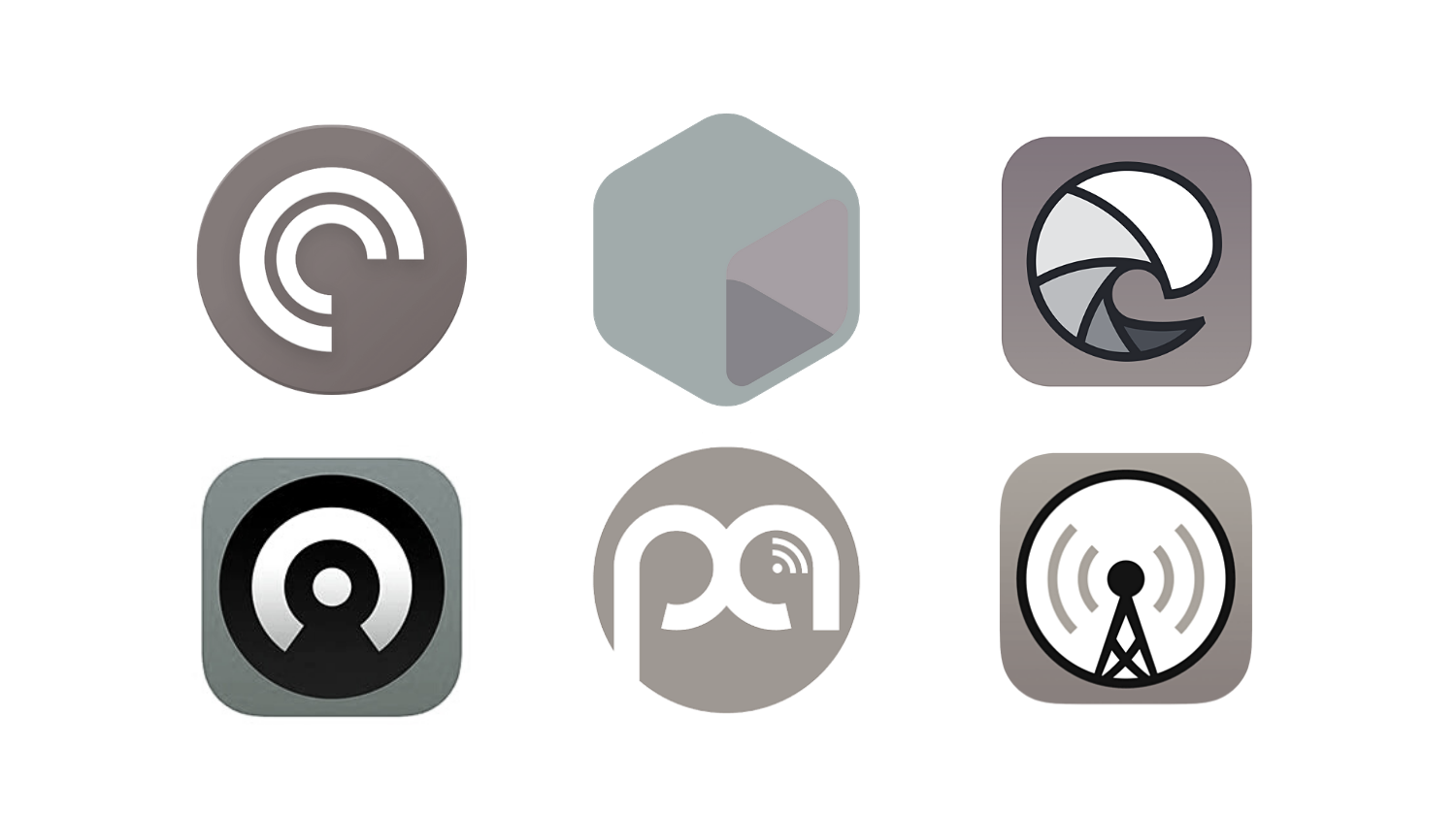Organizations face an increasingly dangerous ransomware reality—attackers no longer need to encrypt data to profit. Instead, they are stealing sensitive files and threatening public exposure unless a ransom is paid. This evolution brings several challenges:
Detection Gaps: Stolen data often moves out slowly enough to avoid triggering alerts—or quickly enough to be missed by overwhelmed security teams.
Exposure Points: Many victims unintentionally leave high-value applications exposed to the internet, such as file transfer tools, creating easy entry points for attackers.
Industry-Specific Risks: Sectors like healthcare, manufacturing, and oil and gas often operate with legacy systems that are harder to secure and slower to modernize.
Targeted Attacks: Advanced groups focus on high-value single targets, demanding multimillion-dollar payouts based on stolen data value, financial records, and even insurance coverage.
Geographic Concentration: The U.S. continues to account for about half of observed ransomware incidents, making American companies a particularly attractive target.
Solution Approach
To combat these threats, Zscaler employs a modular zero trust architecture designed to eliminate unnecessary exposure and prevent lateral movement. Key capabilities include:
Eliminating Internet-Facing Vulnerabilities
By placing applications behind Zscaler’s zero trust exchange, organizations remove them from public exposure, shutting down one of the most common ransomware entry points.
Advanced Threat Prevention
Leveraging threat intelligence and malware analysis, the platform blocks known exploits and detects suspicious behaviors before they escalate.
Segmentation and Access Control
Enforcing least-privilege access reduces the blast radius of a single compromised account, preventing attackers from reaching critical systems.
Data Loss Prevention (DLP)
Continuous monitoring and enforcement policies detect and stop unauthorized data transfers, reducing the risk of unnoticed large-scale exfiltration.
Lateral Movement Detection
By monitoring traffic patterns inside the network, Zscaler identifies and disrupts attacker attempts to escalate privileges and expand their reach.
Business Impact
Organizations implementing this approach can expect:
Reduced Attack Surface: By hiding applications from public view, opportunistic scans and mass exploitation attempts are effectively nullified.
Faster Threat Containment: Integrated DLP and segmentation drastically shorten the time from compromise to detection, stopping exfiltration before damage escalates.
Lower Risk of Repeated Incidents: Continuous monitoring and access control reduce the likelihood of attackers returning, even if the same application or system is targeted again.
Better Security ROI: Investments in zero trust and monitoring translate directly into fewer breaches, lower ransom payouts, and reduced operational downtime.
Modern ransomware is no longer just about locking up files—it’s about monetizing sensitive data. By adopting a proactive, layered security approach, organizations can defend against this shift, safeguarding their data, customers, and reputation.
Learn more about Zscaler: https://itspm.ag/zscaler-327152
Note: This story contains promotional content. Learn more.
Guest:
Brett Stone-Gross, Senior Director of Threat Intelligence at Zscaler, | On LinkedIn: https://www.linkedin.com/in/brett-stone-gross/
Resources
Learn more and catch more stories from Zscaler: https://www.itspmagazine.com/directory/zscaler
Are you interested in telling your story?
https://www.itspmagazine.com/telling-your-story






